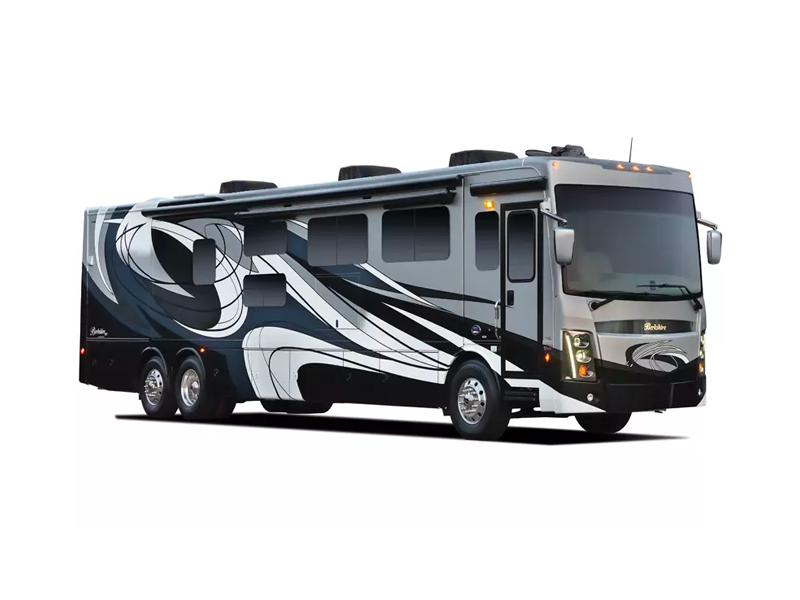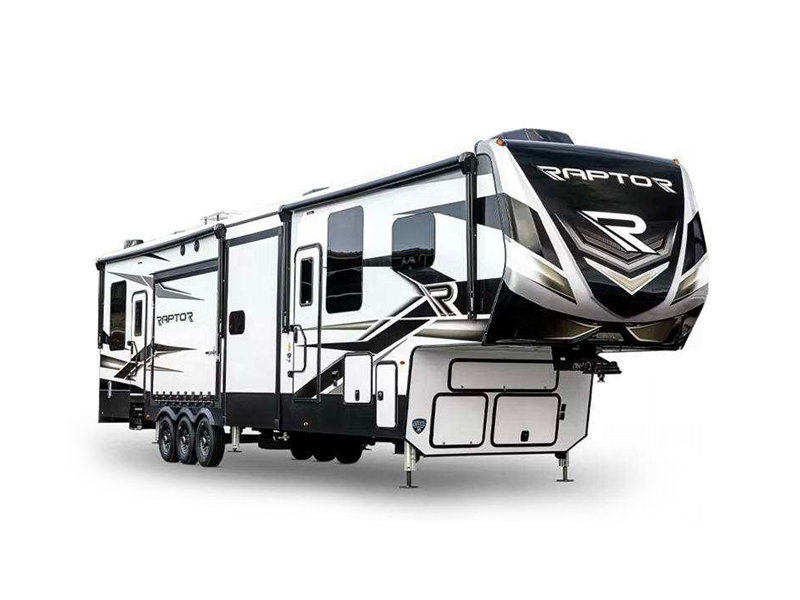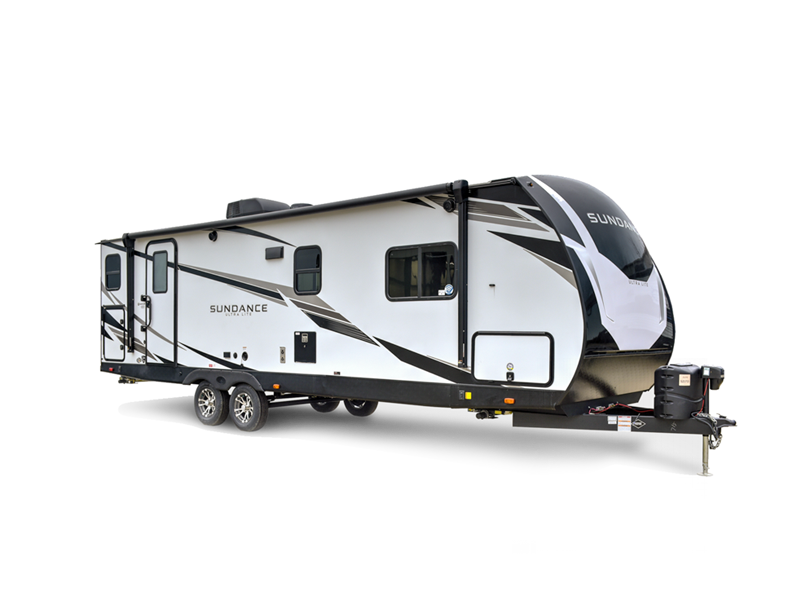As winter approaches, RV owners know the colder temperatures can take a toll on plumbing systems—especially the water heater. Cold weather causes your RV’s water heater to work harder, and unfortunately, even the best-maintained systems can fail, freeze, or burst.
If you’re considering a DIY water heater replacement, we’ve got you covered with this step-by-step guide. And remember, if you’d rather skip the hassle, RV Depot offers fast, professional RV repairs year-round—so you’re never left in the cold!
🧰 Tools You’ll Need
-
Pliers & two wrenches
-
Teflon tape
-
Screwdrivers
-
Sealant & butyl tape
-
Replacement cone washers
-
Soap and water solution (for leak testing)
🔄 Step-by-Step: Removing Your Old RV Water Heater
1. Prep the System
-
Turn off the LP gas supply at the tank or cylinders.
-
Shut off all incoming water supplies and activate bypass mode on your water heater.
2. Disconnect Plumbing & Gas Lines
-
Use pliers to remove hot and cold water lines from the inlet/outlet fittings.
-
Carefully use two wrenches to disconnect the LP gas line.
3. Access the Unit
-
Remove the hinge clip and access door for better visibility.
-
Clear excess silicone and thread a male 3/8″ plug into the gas inlet before pushing it through the housing.
4. Remove the Unit
-
Unscrew the control housing flange and remove any top silicone.
-
Bend the flange forward, pull the unit halfway out, and disconnect any electrical wires.
-
Completely remove the old unit and set aside.
🛠️ Installing Your New RV Water Heater
5. Prep the New Tank
-
Apply Teflon tape to all fittings.
-
Attach saved 90-degree elbows or straight fittings in proper alignment.
6. Seal and Mount
-
Clean the cutout area thoroughly, avoiding graphic damage.
-
Replace old cone washers and install butyl tape around the flange.
-
Position the heater and route the inlet gas line through the gasket or grommet.
7. Reconnect Plumbing and Gas
-
Secure the LP gas connection using a wrench to stabilize the valve.
-
Reinstall the grommet and connect hot and cold water lines.
8. Secure the Unit
-
Firmly press the control housing against the RV exterior and insert screws into the flange.
-
Apply sealant around the edges and grommet for a watertight fit.
💡 Electrical and Final Setup
9. Mount the Module Board
-
Choose a dry, accessible location. Avoid areas exposed to cleaning agents or flammable vapors.
-
Use either adhesive backing or screws to mount the board.
10. Reconnect Electrical & Fill the Tank
-
Make the necessary 12V DC connections.
-
Refill the system with water and run both hot and cold taps to purge air from the lines.
✅ Final Steps: Testing for Leaks
-
Conduct a LP drop pressure test.
-
Use a soap and water solution to check every fitting for leaks.
-
Even the smallest leak should be fixed immediately for your safety.
🧡 Don’t Want to DIY? RV Depot Has You Covered!
If this project sounds a little too hands-on—or you just don’t have the time—RV Depot’s expert service team can handle the repair for you. Whether it’s replacing your water heater, winterizing your RV, or doing full diagnostics, we offer same-day service to keep your RV adventure-ready.
📍 Visit us at 4319 N Main St, Cleburne, TX
📞 Call 817-803-2375 to schedule your service
🧰 Or walk in today—we’ll get you taken care of!
🛑 Final Thoughts: A Warm RV Is a Happy RV
Your RV’s water heater works hard to keep you comfortable, especially in cold weather. Replacing it might seem intimidating, but with the right steps and a little patience, it’s totally doable. If you’re not ready to DIY—or run into any issues—RV Depot is always here to help.
Need repairs fast? Contact RV Depot — where service and support are just around the corner.






